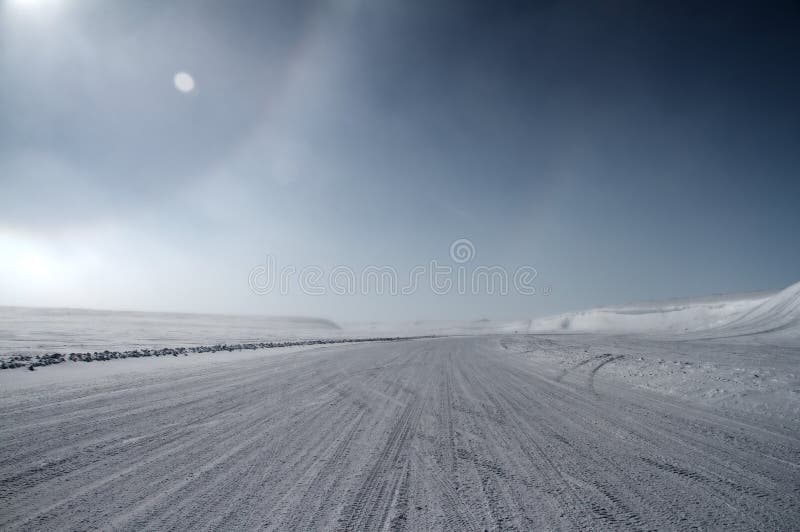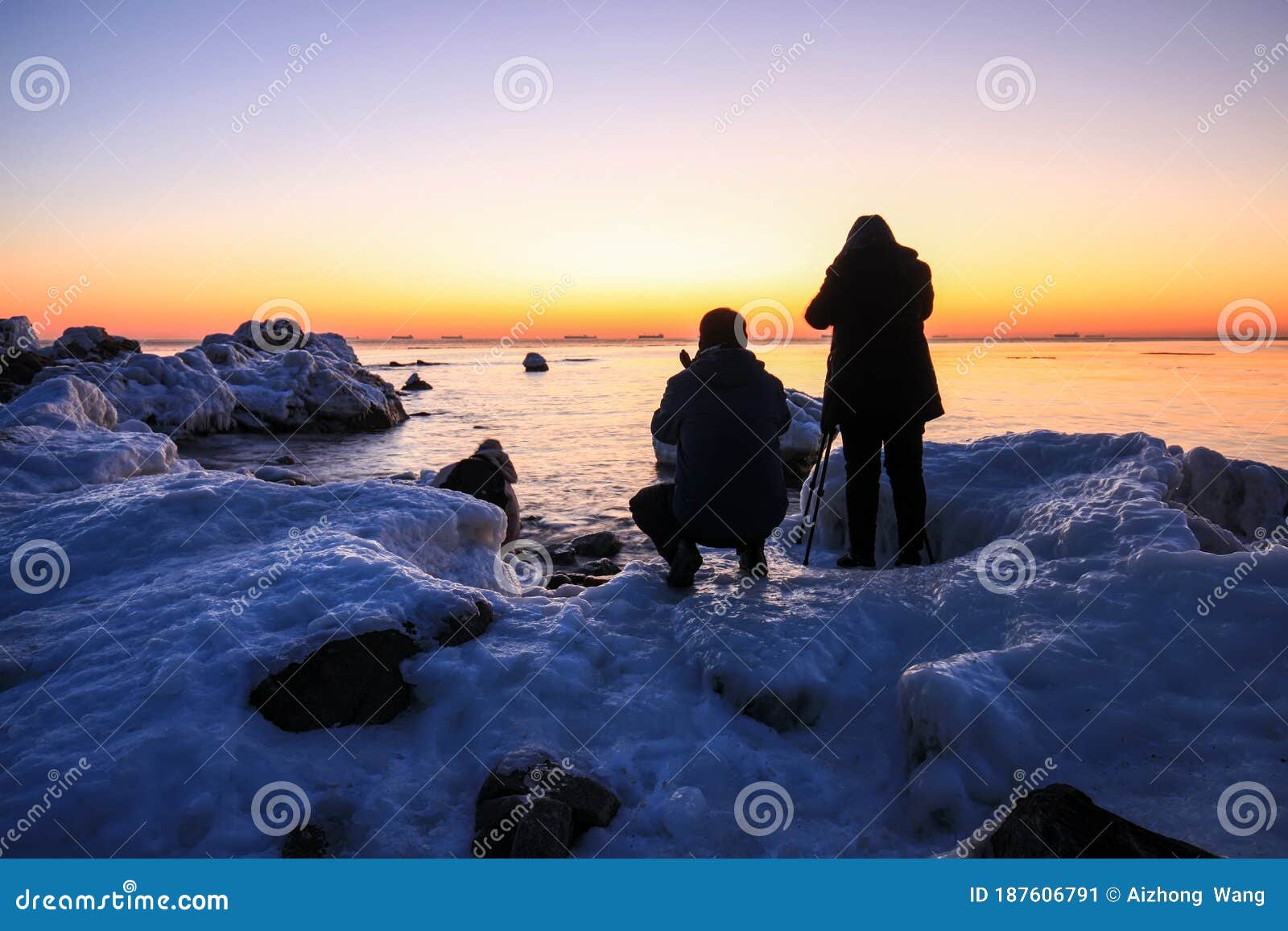

We discuss the evidence for biodegradation of different hydrocarbon components during the descent of MOS, the impacts of MOS on the benthos, and the potential influence of oil on the formation of MOS and on its associated microbiome. Here we consider the microbial communities associated with marine oil snow (MOS), including producers and degraders of extracellular polymeric substances (EPS). Marine snow (MS) came to prominence as a vehicle for transporting oil to the benthos during the 2010 Macondo spill (hereafter referred to as the MC-252 spill, because the Macondo Prospect is located in Mississippi Canyon Block 252 of the Gulf of Mexico), and has stimulated a lot of research to determine its quantitative importance, resulting in several reviews on the topic (e.g., Daly et al., 2016 Passow and Ziervogel, 2016 Quigg et al., 2016, 2020 Decho and Gutierrez, 2017 Brakstad et al., 2018b Burd et al., 2020 Kujawinski et al., 2020 Passow and Overton, 2021). In order to respond effectively to crude oil released to the marine environment it is imperative to understand the interplay between the physical, chemical, and biological factors that determine petroleum fate, transport, and impact on the biota and surrounding environment. We explore the effects of dispersant application on MOS formation, and consider ways in which laboratory experiments investigating MOS formation can be more representative of the situation in the marine environment, which in turn will improve our understanding of the contribution of MOS to the fate of spilled oil. Here we discuss the dynamics of microbial communities in MOS together with their impacts on MOS evolution.

Distinct groups of microbes also consume the majority of the hydrocarbons during descent, leading to enrichment of the less bioavailable hydrocarbons and asphaltenes in the residue. Marine microbes are the main players in MOS formation, particularly via the production of extracellular polymeric substances. Under certain conditions, dispersed crude oil in the sea combines with organisms, organic matter, and minerals to form marine oil snow (MOS), thereby contributing to the sinking of oil to the seafloor.

2Oil Spill Response Limited, Southampton, United Kingdom.1School of Life Sciences, University of Essex, Colchester, United Kingdom.


 0 kommentar(er)
0 kommentar(er)
